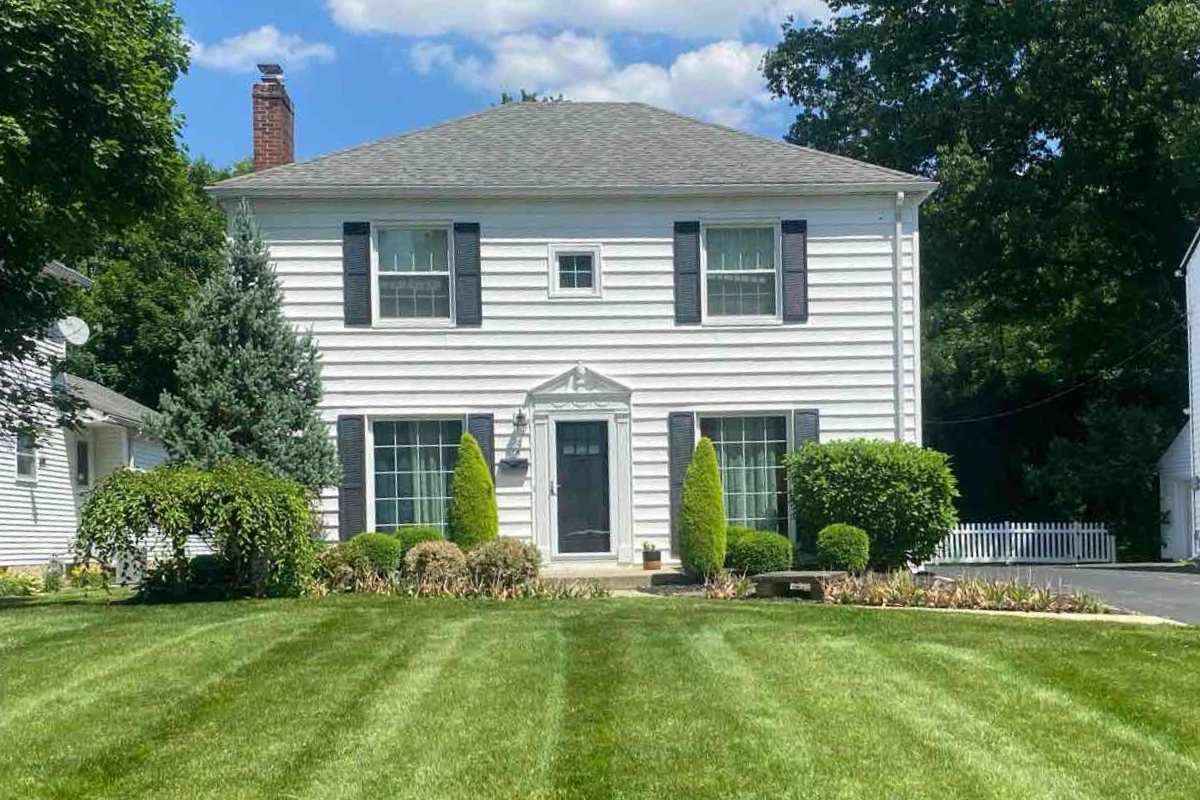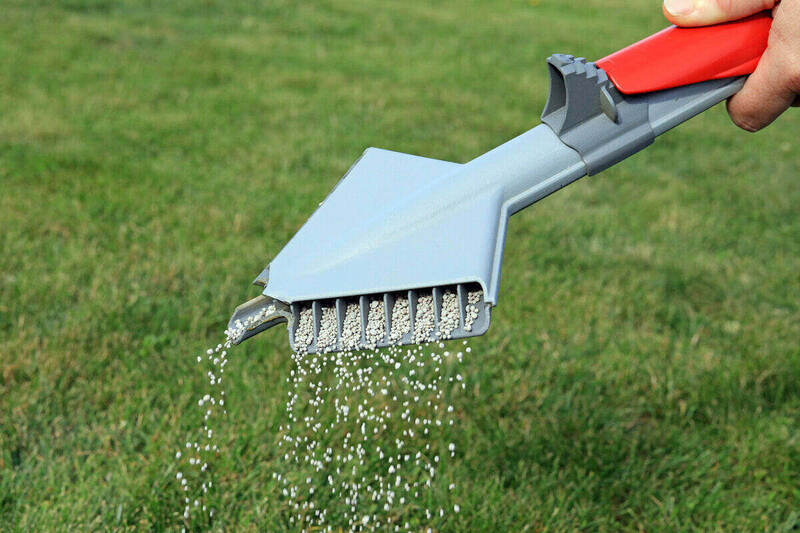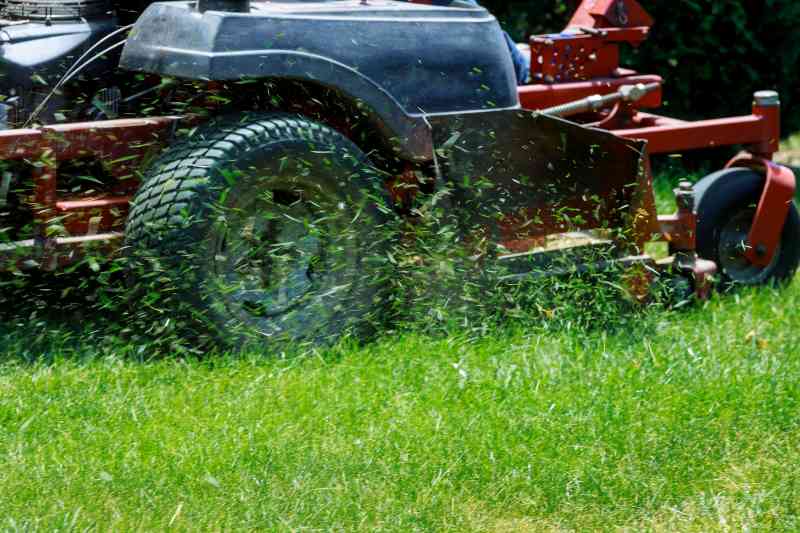
You’ve worked hard to get your lawn looking great, so you want to keep it that way. To maintain its healthy appearance, it’s important to take the right steps. This guide for fertilizing and mulching your lawn in Akron offers practical tips to help you.
Fertilizing and mulching your lawn can help protect it from damage and promote lush growth, so how do you go about taking these two additional steps?
Tips for Fertilization

Fertilizing your lawn adds nutrients it needs for all-around health. Most fertilizer comes with three primary ingredients:
- Nitrogen: Helps the grass grow taller and greener.
- Phosphorus: Encourages healthy root growth.
- Potassium: Helps all around health and color of the grass
Fertilizer also can come with additional nutrients that your lawn may need, so a soil test can tell you if there are other things you should consider adding.
When to Fertilize Your Lawn in Akron
In the Rubber Capital of the World, you can fertilize your lawn up to four times a year to keep it healthy and thriving. However, if you plan to fertilize only once, late fall is the most important time.
For those who prefer a comprehensive approach, follow this schedule:
April and May
If you fertilized in late fall, make one application in late April or early May using 0.75 pounds of nitrogen per 1,000 square feet, 35%-50% in slow-release form.
If you didn’t fertilize in late fall, apply fertilizer around April 1 and again around May 25, using 0.5 pounds of nitrogen per 1,000 square feet per application.
June
Fertilize 8 to 10 weeks after your spring application with 0.5 pounds of nitrogen per 1,000 square feet, ensuring 50% is in slow-release form. If you missed the spring application, increase it to 0.75 pounds of nitrogen.
For more summer tips, check out our article: Summer Lawn Care Tips for Akron
August and September
Fertilize in late August or early September using 1 pound of nitrogen per 1,000 square feet, with 35% to 50% in slow-release form.
October and November
Apply fertilizer in late October or early November (no later than November 15) using 2 pounds of nitrogen per 1,000 square feet in a fast-release form. This is the most crucial fertilizer application of the year.
See Related:
— How to Prepare Your Lawn for Winter in Ohio
— Tell-Tale Signs Your Lawn Needs Fertilizer
— Fertilizer Numbers: Why They Matter and What They Mean
— Liquid vs. Granular Fertilizer
Tips for Mulching Your Lawn

Mulch can be applied to the top of your lawn to help it thrive. While there are different types of mulch, one of the easiest way to apply mulch to your lawn is by leaving the grass clippings instead of bagging them or mulching leaves with a mulching lawn mower.
Some of the benefits of mulch include:
- Moisture management: Mulch can help keep your lawn moist long after watering.
- Nutrient retention: Mulch has organic compounds that put nutrients back into the ground, feeding your grass.
- Weed suppression: Mulch can discourage weed growth by creating a barrier between weed seeds and the sun, preventing them from growing.
- Temperature regulation: Mulch can help prevent the freezing and thawing cycles.
The best time for Akron homeowners to mulch is in the fall, so that the lawn has an extra protective layer before the winter hits, bringing freezing temperatures and harsh weather conditions.
If all this sounds like too much work, check out our Akron Lawn Care page and hire a local LawnStarter lawn care pro to mow your lawn, apply fertilizer to keep it green and healthy, and add mulch when needed.
Read More:
— Best Grass Types in Akron, Ohio
— Best Time to Apply Crabgrass Preventer in Ohio
— When to Apply Weed and Feed in Ohio
— Most Common Weeds of Ohio
— Best Ohio Native Plants
— Best Grass Seed for Ohio
— Common Lawn Pests in Ohio
Main Image Credit: Photo of a lawn mowed by a LawnStarter Pro in Akron, Ohio